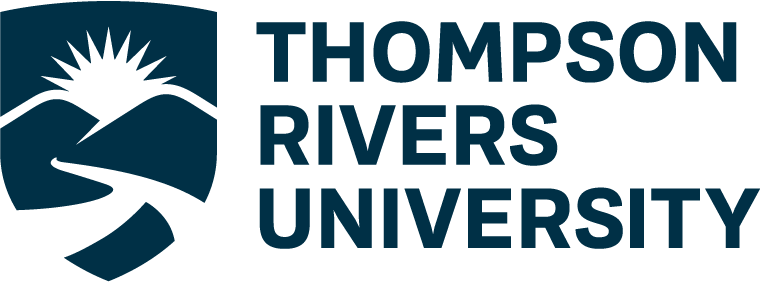Online Text and Active Learning
Text remains a foundational medium for online learning because it allows students to process, reflect, and engage critically at their own pace. In my teaching context, text-based discussions and reflections—such as through online forums, collaborative documents, or digital journals—can promote active learning by encouraging learners to articulate their understanding, question ideas, and co-construct knowledge with peers. For example, structured discussion prompts in Brightspace or Google Classroom can stimulate critical thinking, while collaborative tools like Google Docs or Padlet allow students to co-author summaries or concept maps. Open educational resources (OER) such as Pressbooks can further support active learning by enabling learners to annotate, remix, and contribute content. Overall, online text encourages deeper learning when students are not just passive readers but active participants—writing, commenting, and connecting ideas in authentic learning communities.
Video and Digital Literacy for Learning
Video is a powerful medium that supports multimodal learning by combining visual, auditory, and emotional elements. It enhances comprehension and engagement, particularly for demonstrating procedures, storytelling, and modeling complex concepts. Platforms like YouTube, Panopto, and Loom can facilitate active learning by allowing students to create, critique, and share short videos as part of project-based or reflective assignments. In nursing education, for instance, students might record role-play scenarios or digital case presentations to develop communication and clinical reasoning skills. Digital literacy in video production should therefore include basic competencies in scripting, filming, editing, and ethical content sharing. Students should also learn to critically evaluate video sources, ensure accessibility (e.g., captions), and respect copyright and privacy. Cultivating these skills helps students transition from passive viewers to creative producers of digital knowledge.


Ali, I like your breakdown on the continued relevance of text. I agree that it’s a learning method that will never go out of style due to the myriad skills it helps foster in learners.
I like how you pointed out the strengths of video learning, but were sure to temper it with the necessary media literacy needed to get the most out of the tools.
Good post, thanks for sharing your ideas!